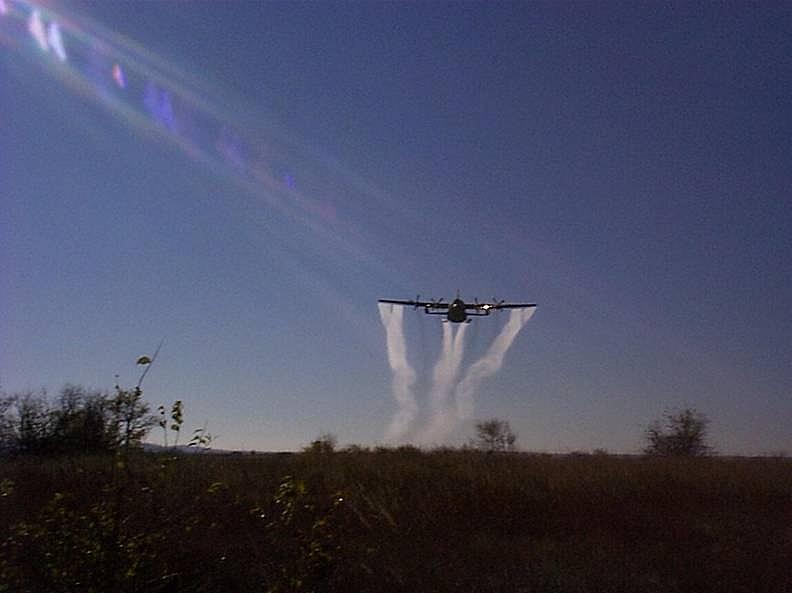West Nile Virus: Amid Worst Season in Years, Why Did Dallas Delay Aerial Spraying?

This year's West Nile virus season is shaping up to be one of the worst since the mosquito-borne virus was first detected in the United States in 1999, in part because of this summer's extreme heat.
The CDC reports that 26 people have died so far from the disease and notes that 80 percent of the 693 West Nile cases reported so far are concentrated in six states: Texas, Mississippi, Louisiana, Oklahoma, South Dakota, and California).
I'll avoid an "everything is bigger in Texas" joke here, but the state's definitely experiencing an outsized outbreak this year, with almost half of the nation's reported cases.
On Wed., Dallas' mayor declared a state of emergency and asked county officials to initiate aerial pesticide spraying in the city, something that hasn't been done since 1966. Until Tues., Dallas County officials themselves had rejected aerial insecticide spraying, which opponents decry as harmful to human health and to bees, in favor of less-effective, truck-based ground spraying. Kudos to Dallas Morning News editorial writer Gabriel Escobar, who questioned the county's decisions a week ago.
Could earlier aerial spraying in Dallas County and the city of Dallas prevented some of the county's West Nile virus cases, which now total about 200? So far, 10 people have died from the disease.
It's worth taking a look at opposition to aerial spraying for West Nile virus in your community: while opponents contend its health and environmental risks outweigh its benefits, public health research suggests otherwise.
Here are some resources for your work:
CDC: West Nile Resources and Data
Reporting Guide: West Nile Virus: Entrenched in U.S.
Stormy Side Effects: More West Nile Virus After Tropical Storms Irene and Lee?
Photo credit: Armed Forces Pest Management Board via Flickr

